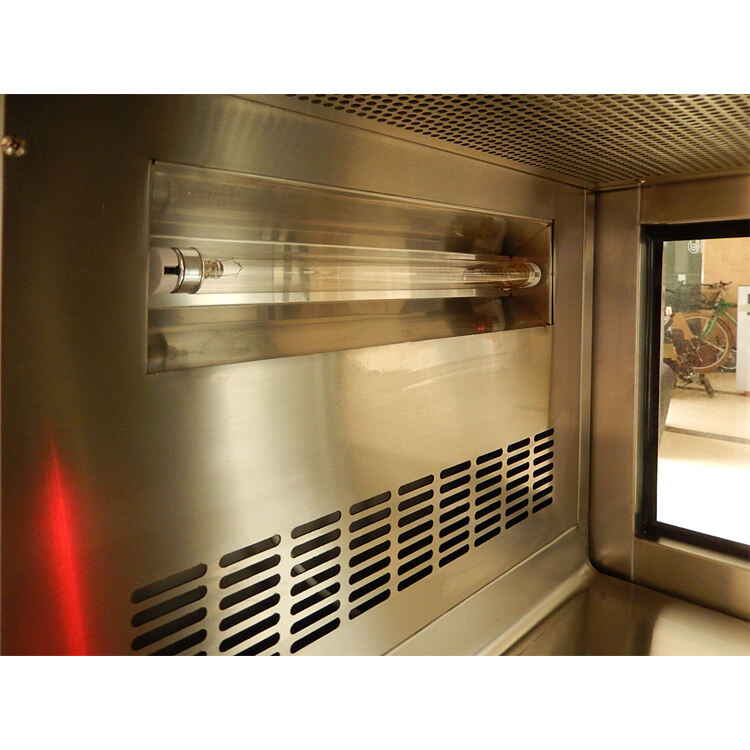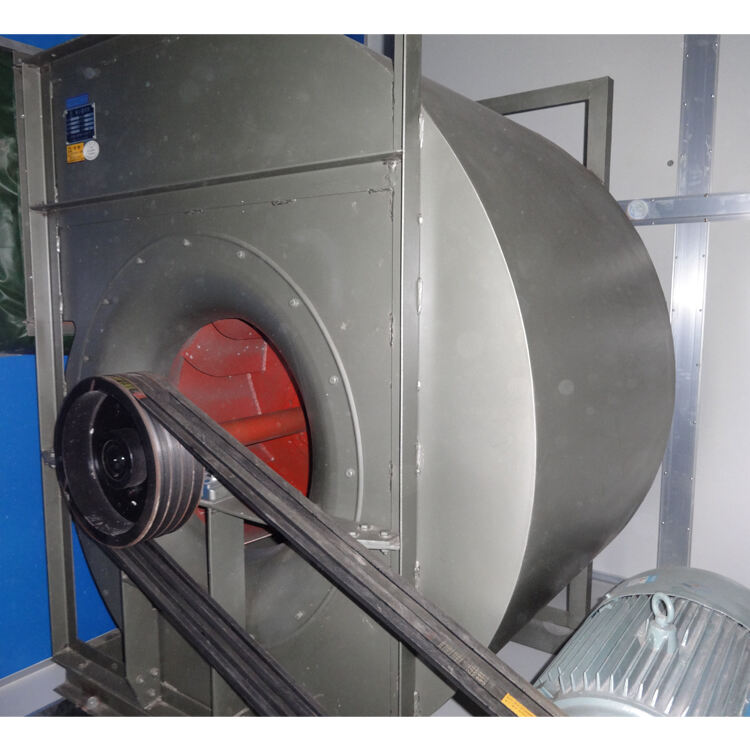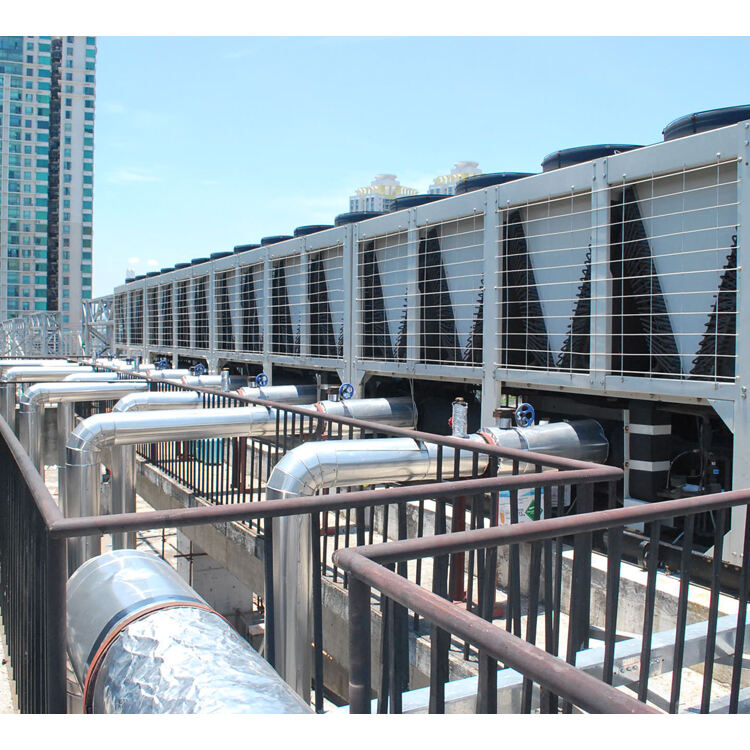gmp cleanroom classification
GMP cleanroom classification represents a critical framework in the pharmaceutical and medical device industries, establishing precise environmental control standards. This classification system, aligned with Good Manufacturing Practice regulations, defines distinct classes of cleanrooms based on the maximum allowable particle concentrations per cubic meter of air. The system typically ranges from Class A (the most stringent) to Class D, with each level specifying strict requirements for air particle counts, air changes, pressure differentials, and microbial contamination limits. These classifications ensure that manufacturing environments maintain the necessary level of cleanliness for producing safe, high-quality products. The system incorporates sophisticated monitoring technologies, including particle counters, pressure sensors, and temperature and humidity controls. Modern GMP cleanrooms utilize HEPA filtration systems, airlocks, and unidirectional airflow patterns to maintain the required cleanliness levels. The classification system is essential for various applications, including sterile drug manufacturing, medical device assembly, biotechnology research, and other sensitive processes requiring controlled environments. Regular monitoring and documentation of environmental parameters ensure consistent compliance with GMP standards and regulatory requirements.


